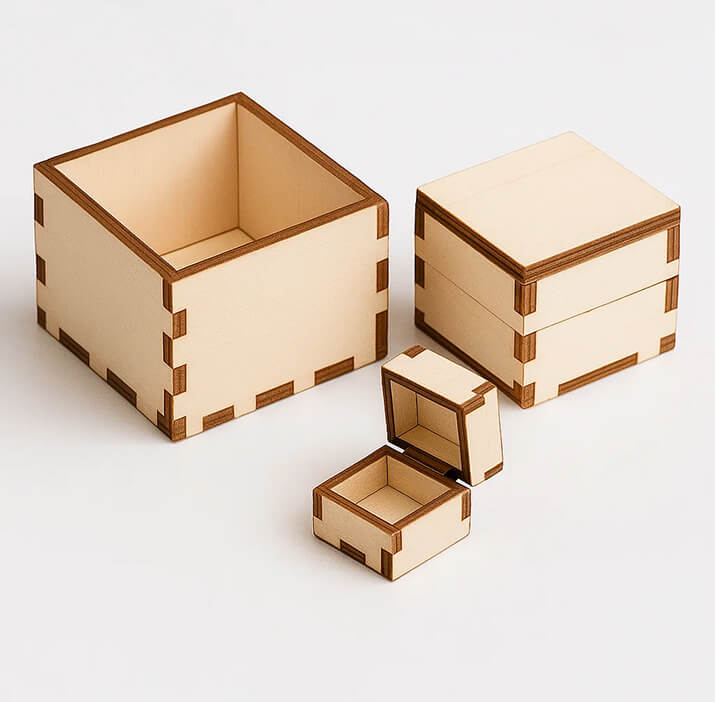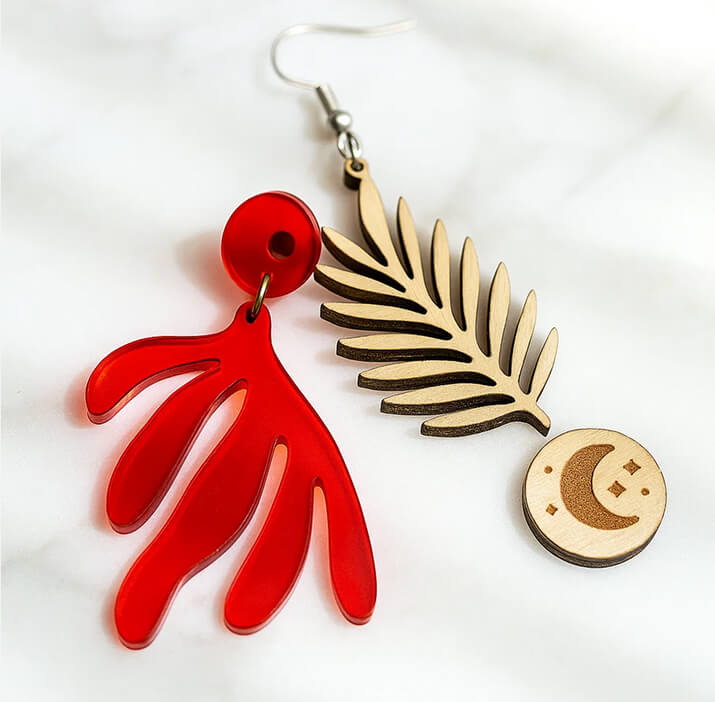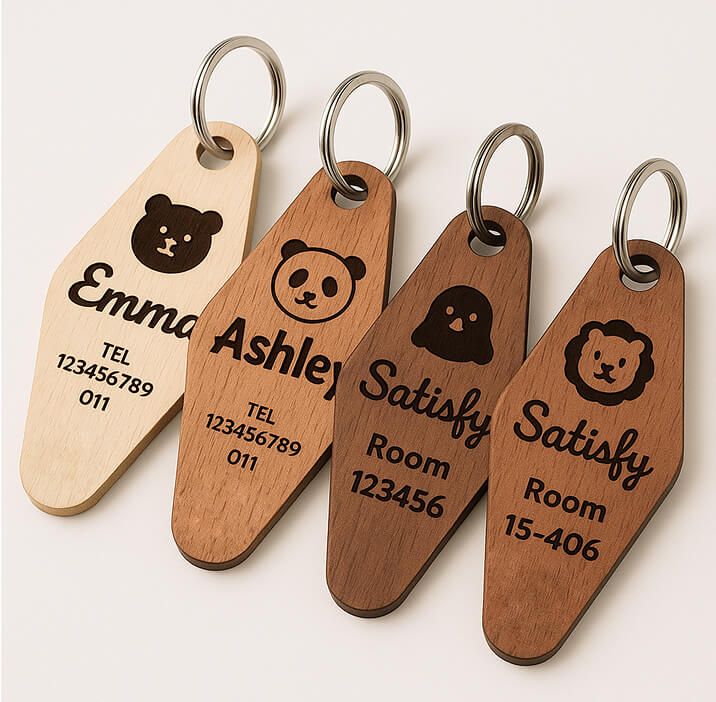![[Laser cut and engrave] Color-Filled Rustic Sign [Week 4 Task]](https://image-res.xtool.com/ali-res/community/making/f958f88e-e633-4516-8999-a946841ea0f3.jpeg?x-oss-process=image/resize,w_1200,h_900,limit_0/interlace,1/format,webp/auto-orient,1)
Color-Filled Rustic Sign [Week 4 Task]

Information
The first project I started researching when I bought my xTool M1 was to recreate the style of a decorative sign in our rental property—a rustic "Pantry" sign. I wanted another sign for the nearby broom closet, and I wanted it to look like the Pantry sign. I even sought out and purchased the matching font. I conducted multiple tests to determine the best way to recreate the style of our original sign, trying engraving, masked spray painting, and powder paint fill. Ultimately, I opted for the powder paint after engraving on a sign blank from Michaels.
Instruction
Step1
Design
The first thing I wanted to ensure was that the sign I'm creating will look like the one we already had over the pantry. I found a sign blank at Michael's—an ArtMinds-branded white-washed wood plaque. I uploaded a photograph of the original sign to the WhatTheFont font finder at myfonts.com. It matched and identified the font from the original sign in seconds. And luckily, it was inexpensive to purchase and download for the sign.
Step2
Design & Engrave
If you haven't used a specific material before, you may want to run some test to determine how it will take to the laser. I ran a series of tests on the back of the blank sign to determine the best engraving method (masked or not), fill method (powder paint or spray paint), and settings. I settled on masking for the engraving and for the powder fill, then I selected engraving settings that were shallow but burnt sufficiently through the tape and top layer of the wood. Before placing the board in the engraver, I masked over the center area where I'd be adding the lettering.
My design is just lettering, but I immediately noticed a spacing problem in xTool Creative Studio between some of the letters. The first O in "BROOM" was too far away from the R, and the two O's were too close together. They needed to be kerned. We don't normally experience kerning problems because modern word processors—even browsers—do that automatically. Since it was just one letter, I replaced the first O with some spaces, leaving the gap I wanted, then duplicated the text block and edited it down to be just the O. Then I could place the O in the gap as I wanted it. If you deal with type, you know what I'm talking about. If it doesn't bother you, don't worry about it. But this was a simple way of fixing this problem to my liking.
When you place your material in the engraver and set up your design, make sure your content is properly aligned on the surface. I wanted to ensure that I had the design properly vertically aligned for engraving on the board, so I added a rectangle the height of the board itself, extending as wide as the full design. This would be my centering guide. To verify the placement, Slow down the framing settings as much as possible. If the board is placed properly, you'll see the laser just at the edge of the board, on all sides. If it "disappears" off any side, you'll need to adjust your board—it's not aligned properly. If you see it on one side but not on another, you can just nudge everything on your canvas as needed and try again.
Once everything is aligned, remember to ignore your framing box. Now you're ready to engrave!
Step3
Color Fill
I've been experimenting with powder paint color fill for weeks, and the only way I've been able to get it to work well is to cure it with a heat gun. I've tried various tests, and I can't dial in the settings to have the laser do it. (If you've figured this out for the M1, please share your findings in Tips & Tricks!)
Powder paint can get messy, and if you're curing with a heat gun, you need to make sure you don't get any on your surface, or you'll be hardening that, too. So before filling, make sure the rest of your sign surface is masked or otherwise protected. I just added more masking tape before adding the powder paint and spreading it into the engraved letters using the edge of a metal business card.
After brushing away the excess, heat the area with the low setting—you don't want to go blowing the powder around. For the look I wanted to achieve, I let the fill cool then applied another layer and cured it again.
Step4
Weed and Clean
The final step to completing the sign is to carefully remove the masking tape. Take care not to pull to quickly, as you don't want any paint to come with it, and you want to avoid tearing the tape as you pull it off around letters. Determine which direction will yield the cleanest pull, and start from that side. I use a weeding tool from the hobby store to help loosen areas that are stuck, like the portion that hugs the back side of the R in the picture above.
Again, carefully use the weeding tool to help remove the remaining middle sections, or counters, from the letters. With all the tape removed, brush or wipe the sign off and attach some mechanism for hanging. I'm using Command picture hanging strips.
My end result is a nice-looking, rustic sign that will look great in our rental property. Hopefully you'll be as satisfied with your end product!




